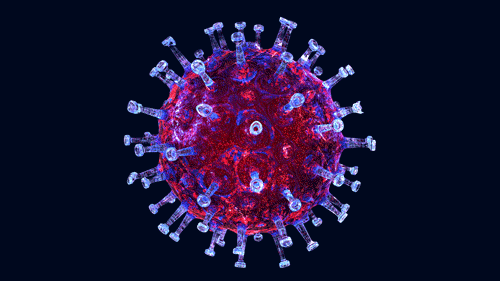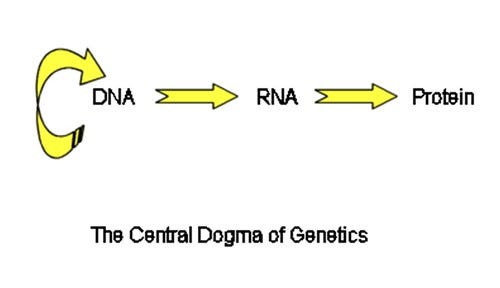Let's Talk About mRNA Vaccines: Part 1
A two-part discussion about Pfizer's Covid-19 mRNA vaccine.
With hospitals across the U.S. preparing for Pfizer’s mRNA vaccine for Covid-19, this article discusses (what I consider) the top facts that you should be aware of about this new type of vaccine. This article has two parts; the second part will be released next Sunday (12/13).
1. The vaccine does not contain the live or attenuated (weakened) SARS-CoV-2 virus.
Pfizer’s vaccine is composed of mRNA (messenger RNA). mRNA is a transcript of DNA, which codes for proteins, in this case, the spike protein. Spike studs the outside of the SARS-CoV-2 virus, helping it attach to specific cellular receptors in our bodies.

Upon vaccination, this mRNA transcript instructs our cells to make the spike protein. Our immune system recognizes that spike is foreign, since our cells do not normally produce it. This recognition should induce our immune response, which ultimately leads to memory immune cells. These cells are able to recognize and induce a faster and more efficient immune response upon reinfection with SARS-CoV-2.
Therefore, the claim that these types of vaccines could infect you with Covid-19 is completely false. The mRNA only codes for one piece of SARS-CoV-2, not the entire virus. Also, once the cells have translated the instructions encoded in the mRNA, the mRNA is broken down via natural cellular pathways. In other words, the mRNA is not retained in your body.
The image below illustrates the Central Dogma of Biology. SARS-CoV-2 is a RNA virus, which upon infection, directly codes for viral protein. When Pfizer’s mRNA vaccine enters the host cell, the mRNA remains in the cytoplasm and is translated into the spike protein.

2. The spike mRNA does not come into contact with your DNA.
Another major misconception is that mRNA interacts with our cells’ DNA. This is false. mRNA does not have the chemical means to enter the nucleus, the selective compartment where our DNA is stored in our cells. It remains in the cells’ cytoplasm and is broken down once the instructions are translated into protein.
3. What are the expected side effects of Pfizer’s vaccine?
Pfizer’s Covid-19 vaccine will be injected into the upper arm muscle, according to the CDC (Centers for Disease Control and Prevention). Pfizer also recommends an initial 30 ug (micro-gram) vaccination followed by a 30 ug booster in order for the vaccine to be effective. Once vaccinated, you should expect mild pain and swelling at the injection site, in addition to possible fever, chills, and fatigue. Vaccine trial participants also reported experiencing slightly more severe fatigue and headaches after the booster.
We should analyze the facts and results and not get distracted by misinformation about this promising vaccine. Next week, I will discuss long-term immunity, if a vaccinated person is still infectious, and herd immunity.
Keywords:
mRNA: a single-stranded transcript of a gene. This transcript encodes the gene’s instructions to manufacture a specific protein product.
Additional Readings:
Pfizer and BioNTech Phase 3 Clinical Trial Press Release
Understanding mRNA Covid-19 Vaccines


